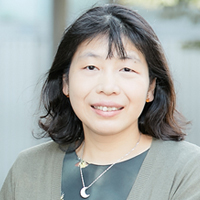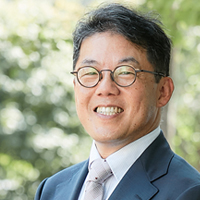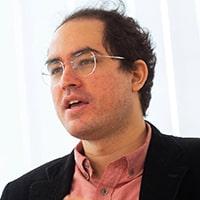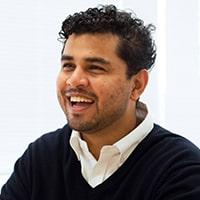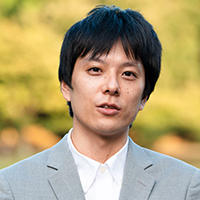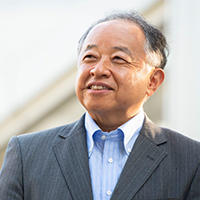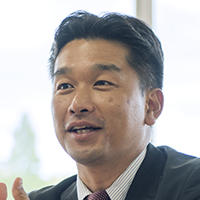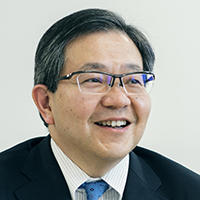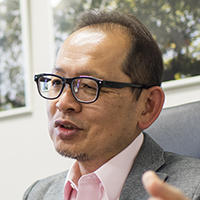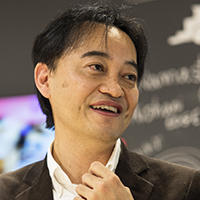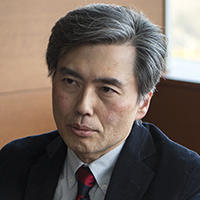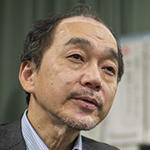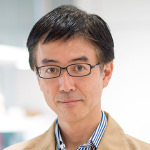SDM Voice | Prof. Seiko SHIRASAKA
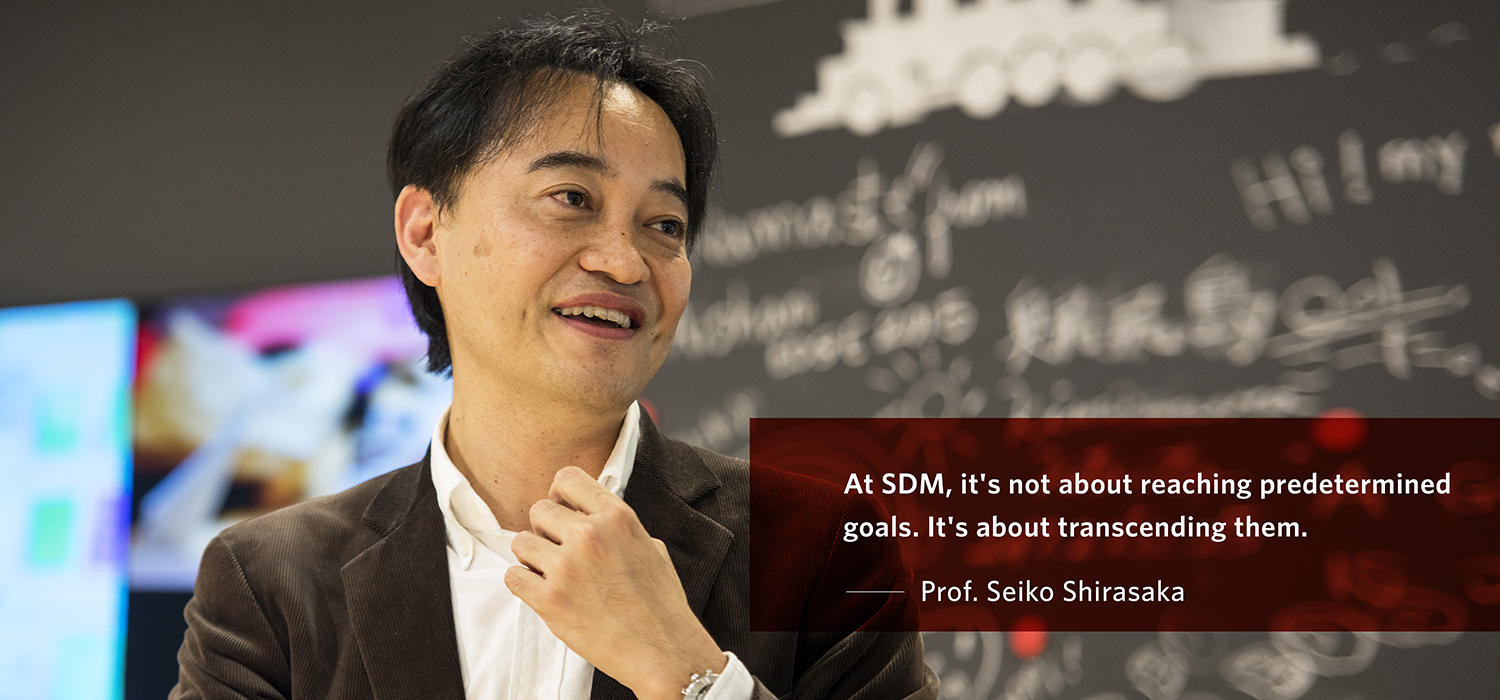
Before coming to SDM, Professor Seiko Shirasaka worked on space development projects with one of Japan’s largest electronics manufacturers. Now, his lab and lectures form the core of the SDM curriculum, and he’s focused on education and professional development. We sat down with Prof. Shirasaka to find out what it means to study at SDM and what kinds of goals students are expected to achieve.
Profile
Seiko Shirasaka
Professor, Graduate School of System Design and Management (SDM), Keio University
Prof. Seiko Shirasaka received his M.S. degree in the field of Astronautics from the University of Tokyo in 1994, immediately joining a major electric manufacturer upon graduation. He has worked as a systems engineer for several space system development projects over the past 15 years. His fields of specialty include systems engineering, innovation, innovative design, concept engineering, model-based development, space systems engineering, system assurance, functional safety management, and standardization. His research and education interests range from space development to social systems, design methodology, and safety and security design.
Acknowledging Every Student
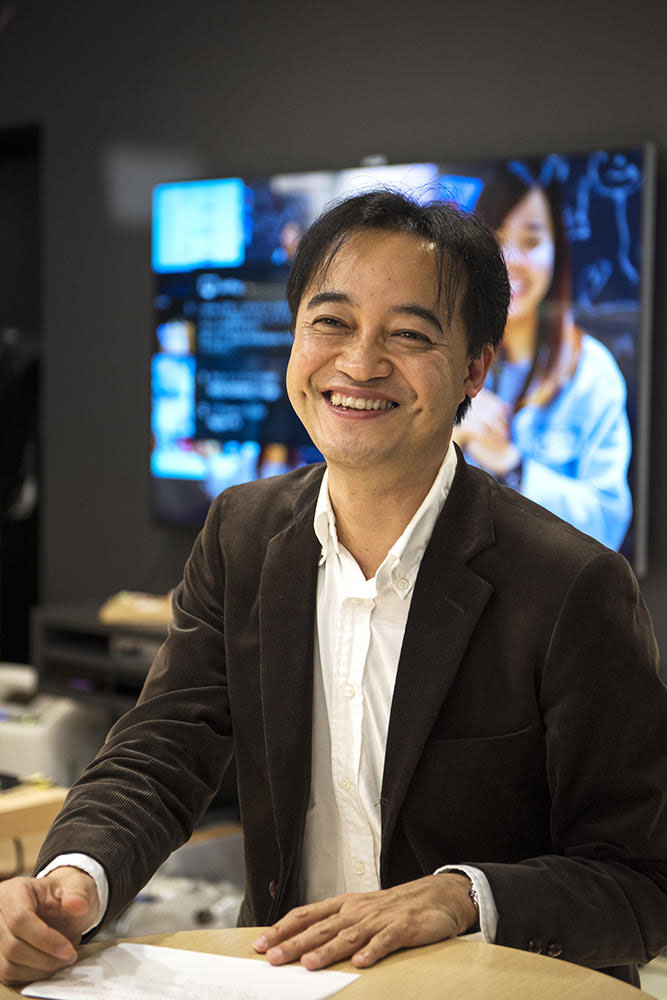 Before coming to SDM, I worked on developing space satellites for electrical equipment manufacturer Mitsubishi Electric Corporation. Engineering—that is, making things—is my specialty, and I had many invitations to come teach at university. But to do so requires leaving the space where the magic of creation happens, so I was hesitant and turned down some of those first invitations. But times have changed, and big corporations aren't the only places where you can build things anymore. Universities, too, can now build small satellites of their own. So I took a teaching position at Keio. I taught systems engineering part-time until 2009 before becoming a full-time associate professor at SDM in 2010. Even as an academic, I have tried to stay involved with the manufacturing industry, contributing to the development of three satellites so far.
Before coming to SDM, I worked on developing space satellites for electrical equipment manufacturer Mitsubishi Electric Corporation. Engineering—that is, making things—is my specialty, and I had many invitations to come teach at university. But to do so requires leaving the space where the magic of creation happens, so I was hesitant and turned down some of those first invitations. But times have changed, and big corporations aren't the only places where you can build things anymore. Universities, too, can now build small satellites of their own. So I took a teaching position at Keio. I taught systems engineering part-time until 2009 before becoming a full-time associate professor at SDM in 2010. Even as an academic, I have tried to stay involved with the manufacturing industry, contributing to the development of three satellites so far.
I decided to come to Keio because I was interested in education as well as research. There were professional development programs at my previous company as well, and watching people grow was always a pleasure of mine. I thought that involvement in education would be worth the change in career.
Of course, training people is a serious responsibility and can be very difficult. I teach about 20 students per year, and since each individual's research is different, I find it essential to sit down one on one with each of them. Since most students are working people, we can only meet on their days off. For example, every other Sunday from 9:00 a.m. to 10:00 p.m., I spend an hour at a time with each student giving them research guidance. But the transmission of knowledge goes both ways. My students teach me many times, especially when I'm not familiar with the research matter. Every day I learn something new from them.
Learning Methodologies
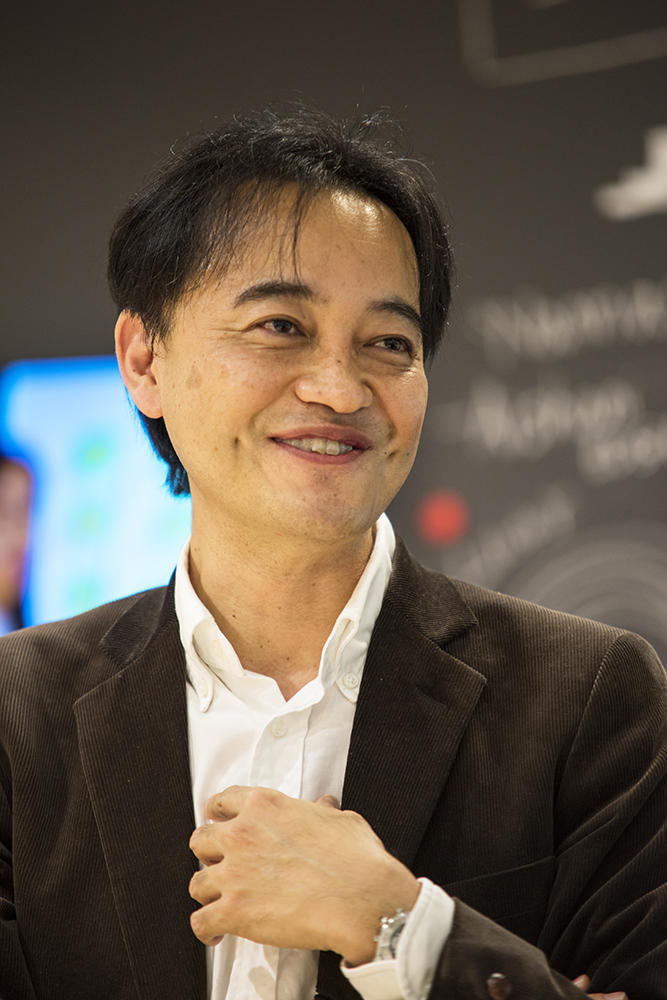 My lab is called the System Design Methodology Laboratory. A methodology is a system of techniques—or methods—that can open up tacit knowledge and translate it into a form that other people can use. Methodologies are often built by finding the essence of approaches in one field and applying them to another. So, although the research themes of the students in my lab vary significantly, they are ultimately focused on creating methodologies.
My lab is called the System Design Methodology Laboratory. A methodology is a system of techniques—or methods—that can open up tacit knowledge and translate it into a form that other people can use. Methodologies are often built by finding the essence of approaches in one field and applying them to another. So, although the research themes of the students in my lab vary significantly, they are ultimately focused on creating methodologies.
Let me introduce a couple of the courses I teach. The first is "An Introduction to SDM." It is one of the first classes students are required to take after enrolling at SDM. The purpose of the course is to teach students how to think about the world in terms of systems and how those systems are constructed. We start by thinking about something as simple as curry and rice systematically, for example, and then apply those same basic concepts and processes to building businesses, organizations, and cities. The course repeats this process time and again to familiarize students with a systems mindset. These methodologies are the building blocks of research at SDM, so I want students to not only understand the content but also truly grasp it through experience. Another class that I teach is "Innovative Workshop Design Theory." Here we study an approach that allows us to create something entirely new by designing others' flow of thought. Through this course, students gain the ability to design their own workshops.
Growing Beyond Imagination
Helping Students Transcend Current Goals
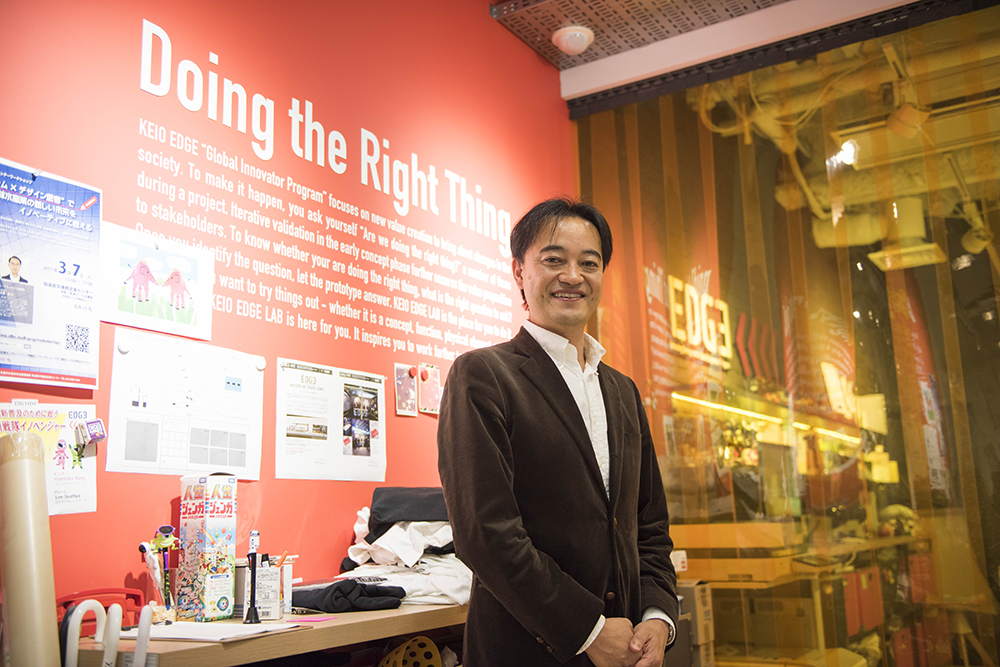
SDM has a very diverse faculty and student body. When people with such diverse backgrounds come together, both languages and ways of thinking can be radically different. When these people try to create something together, disagreements arise and more often than not, things don't go as planned. But after learning a common systems language and approach at SDM, those gaps gradually close and an environment conducive to collaboration and discussion is born. Further refinements to these mechanisms lead to the training of individuals who can change society by taking advantage of diversity.
I would like to enhance and deepen the unique curriculum that only SDM can provide. The best part about SDM is that it gives students room to grow beyond what they see in themselves. Individuals who are unwilling to go beyond a specific scope of studies may not be well-suited to SDM. SDM is better suited to positive, open-minded individuals who are excited to learn from everything they encounter and are ready to take on the world.
If I were to describe SDM in a sentence, I'd say that it's a place where you can attain a mindset and skill set to become someone you have yet to even imagine. The goal of most graduate schools is to convey specific, highly specialized knowledge. Not at SDM. Instead, we often say that we help students update their operating systems. We aim to completely transform the way in which students think. That way, in the end, students reach goals that transcend those they had when they enrolled. Everyone has an image of what they would like to learn and who they would like to become by the time they graduate. But at SDM, goals are not linear. Instead, by growing through the SDM curriculum, students often find that they have become a much bigger person than they were when they began. We provide many opportunities to gain the mindset and skill set you need to accelerate growth. Classes aside, students can reach new heights in personal development through communication with peers and teachers.

